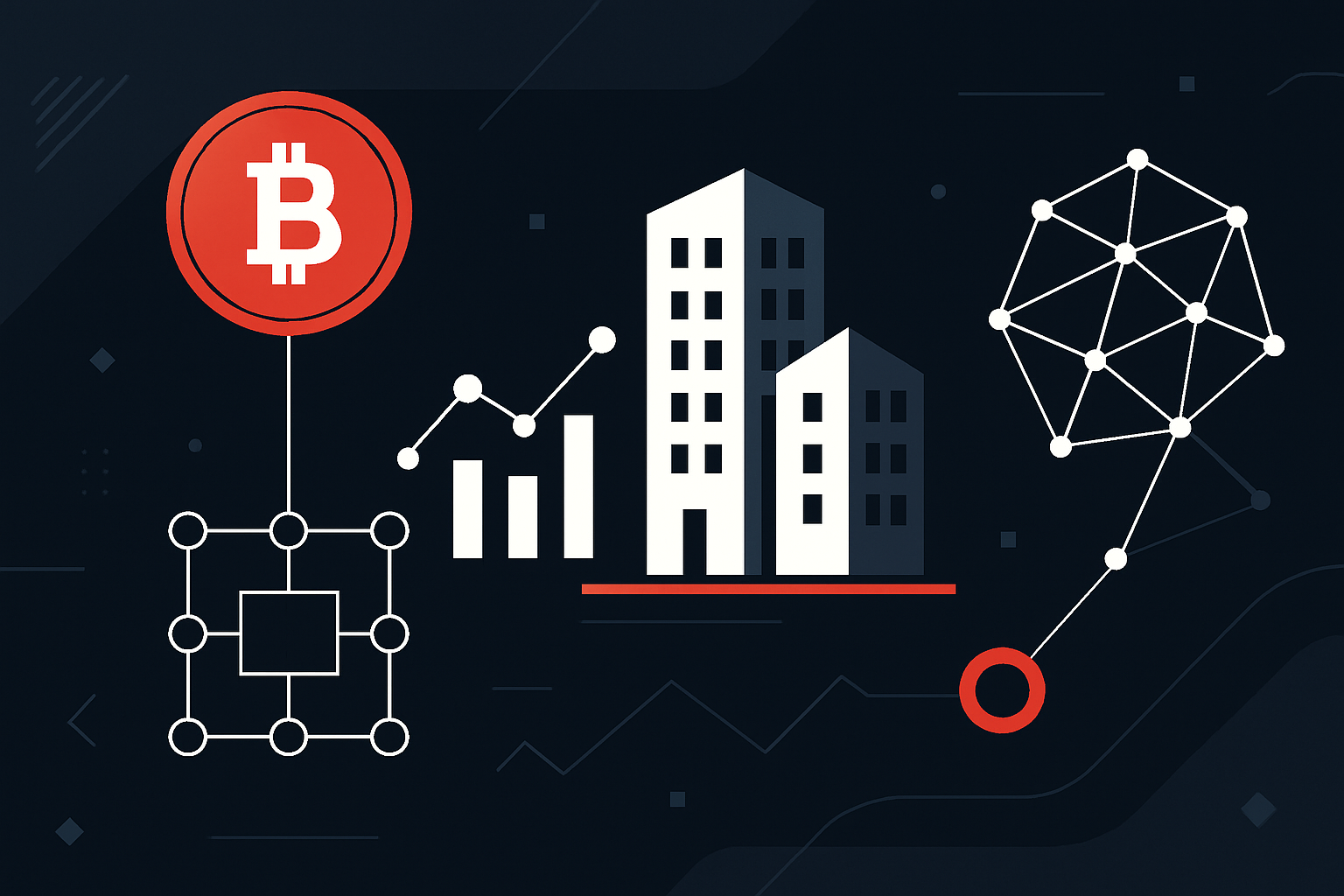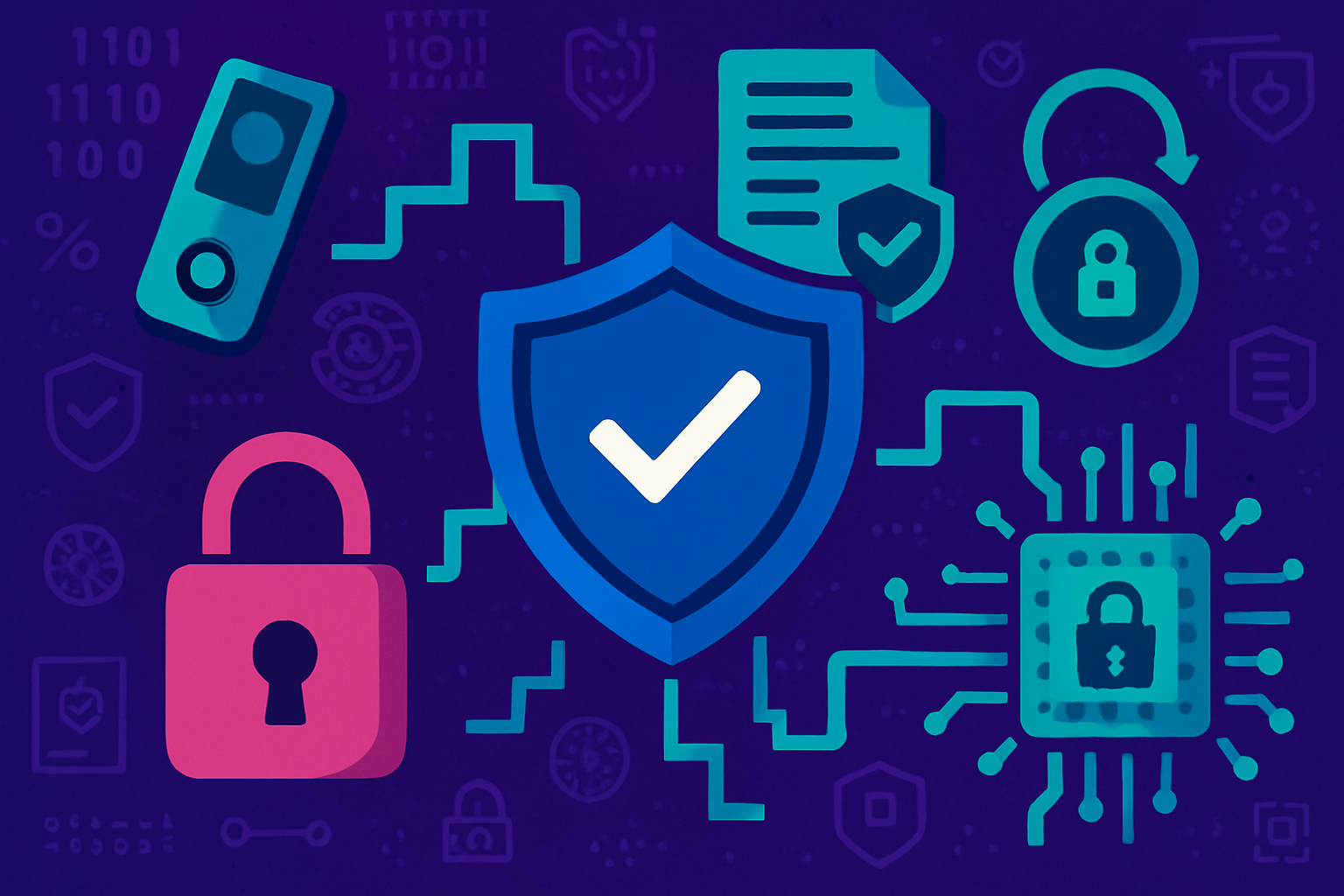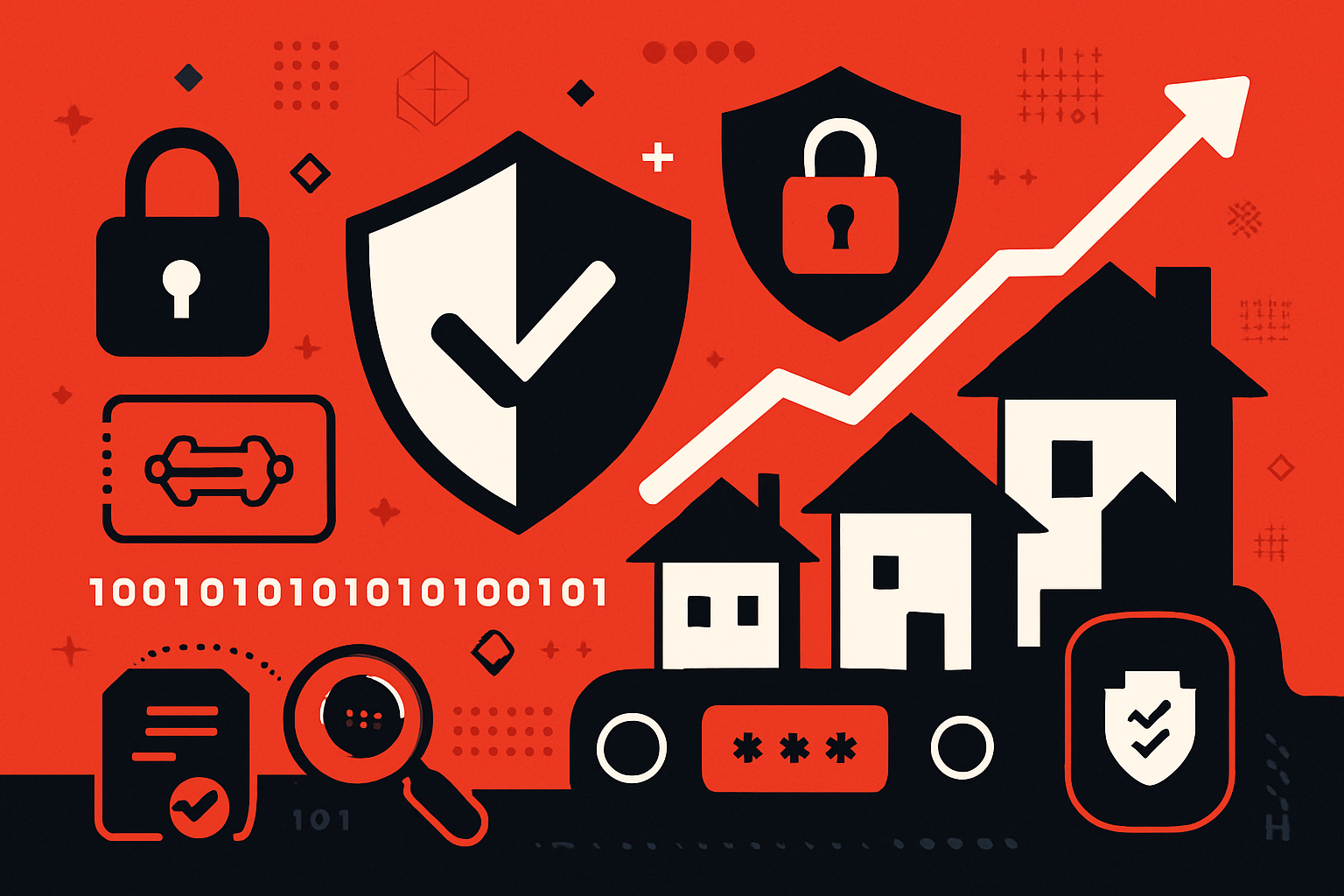How Real Estate Tokenization is Making Fractional Property Investment Accessible in 2025

Fractional property investment is no longer a distant vision for the future. In 2025, real estate tokenization is fundamentally changing how people access and invest in property assets. By transforming physical real estate into blockchain-based digital tokens, this innovation breaks down the traditional barriers of high capital requirements, geographic limitations, and illiquidity that have historically kept most investors on the sidelines.

The Rapid Rise of Tokenized Real Estate Platforms
The market for tokenized real estate has seen remarkable growth over the past year. According to Deloitte, the sector is projected to expand from less than $0.3 trillion in 2024 to $4 trillion by 2035, representing a compound annual growth rate (CAGR) of 27%. Even more strikingly, experts now estimate that tokenized real estate could account for up to 20% of all property transactions by the end of 2025. This surge is being driven by platforms that make it possible for anyone, from seasoned investors to first-timers, to buy property tokens with as little as $50 or $500.
Leading platforms such as Lofty AI, RealT, and Binaryx are at the forefront. Lofty AI leverages Algorand’s blockchain to tokenize properties across eleven U. S. states, serving roughly 7,000 monthly users with minimum investments starting at $50. RealT specializes in U. S. residential rentals and distributes daily rental income directly to token holders, an innovation that enhances both liquidity and transparency. Binaryx targets luxury resort markets worldwide, including Bali villas, with entry points as low as $500 and robust legal compliance under U. S. law.
How Fractional Ownership Works in Practice
Fractional ownership via blockchain tokens means that instead of buying an entire property or even a large share in a traditional real estate syndicate, investors can now purchase small digital slices, often called tokens, that represent proportional ownership in an asset. These tokens are secured on a public blockchain ledger, ensuring transparent record-keeping and making it easy to buy, sell, or trade shares anytime without waiting for lengthy legal processes.
The process typically works like this: A platform acquires or partners with owners of a real-world asset (such as an apartment building or vacation villa), conducts due diligence, and then issues digital tokens corresponding to shares in the property’s value and future income streams. Investors purchase these tokens using fiat currency or cryptocurrencies and receive pro-rata distributions from rental income or capital appreciation. For a detailed breakdown of how this model operates, including compliance checks and investor protections, see this example involving a $1 million tokenized property.
The Democratization Effect: Lower Barriers and Global Reach
The true power of fractional tokenization lies in its ability to lower entry barriers dramatically while broadening access across borders. In previous decades, direct participation in prime commercial or luxury residential properties required substantial wealth, often millions of dollars, and complex legal arrangements. Today’s tokenized models allow individuals worldwide to invest small amounts alongside institutional players.
This democratizing effect is especially apparent on government-backed platforms such as those emerging in Dubai. In mid-2025 alone, two luxury Dubai properties were sold via blockchain tokens to buyers representing over 35 countries, a testament to growing global trust and regulatory clarity around these instruments.
The regulatory landscape remains dynamic elsewhere; for example, China’s cautious stance has led major developers like Seazen Group to pause some activities pending further guidance from authorities. Nonetheless, jurisdictions embracing clear frameworks are reaping early-mover advantages by attracting both capital flows and technological innovation.
Technological innovation is another key driver behind the accessibility of fractional property investment in 2025. Cross-chain frameworks such as xRWA are enabling seamless interoperability between blockchains, allowing tokenized real estate assets to be traded and managed across multiple networks. This not only boosts efficiency for investors but also widens the pool of potential buyers and sellers, further enhancing liquidity and price discovery.
Security and transparency have improved markedly as well. Blockchain’s immutable ledger ensures that every transaction, from initial token issuance to secondary market trades, is recorded and auditable by all participants. Smart contracts automate dividend distributions and ownership transfers, reducing administrative overhead while minimizing the risk of human error or fraud. For investors accustomed to opaque processes in traditional real estate, this level of transparency is a significant advancement.
Comparative Overview of Leading Tokenized Real Estate Platforms in 2025
| Platform | Minimum Investment | Supported Regions | Unique Features |
|---|---|---|---|
| Lofty AI | $50 | United States (11 states) | Operates on Algorand blockchain; 148 tokenized properties; ~7,000 monthly users; instant liquidity; democratized access |
| RealT | $50 | United States (nationwide) | Fractional ownership of U.S. residential properties; daily rental income distribution; easy buy/sell/trade of tokens; transparent blockchain records |
| Binaryx | $500 | Global (focus on luxury vacation/resort markets) | Luxury real estate (e.g., Bali villas); passive income from global rentals; legal compliance via U.S. law; international investor access |
Practical Considerations for New Investors
For those considering their first steps into fractional property investment via tokenization, it is crucial to understand both the opportunities and risks involved. While minimum investments as low as $50 (as seen on Lofty AI and RealT) have opened doors for many retail investors, due diligence remains essential. Assessing platform credibility, underlying asset quality, legal compliance in your jurisdiction, and the structure of income distribution are all vital steps before committing capital.
Liquidity is a major benefit: Unlike traditional syndications or REITs with lock-up periods or slow exit processes, tokenized assets can often be sold on secondary markets at any time. However, market depth varies by platform and property type; smaller or less desirable assets may experience lower trading volumes.
Taxation is another area to watch closely. Regulatory frameworks are evolving rapidly in jurisdictions like Dubai and Singapore but lagging elsewhere. Investors should consult with tax professionals familiar with digital assets to avoid unexpected liabilities.
What’s Next for Fractional Property Investment?
The acceleration of real estate tokenization in 2025 signals a paradigm shift not just for investors but also for developers, asset managers, and regulators worldwide. As platforms continue to refine user experience, streamlining onboarding with digital KYC processes and integrating fiat-crypto payment rails, the friction points that once limited mainstream adoption are rapidly disappearing.
The next phase will likely see increased institutional participation as major funds seek exposure to tokenized real estate portfolios for diversification and yield enhancement. At the same time, retail investors will benefit from greater transparency around fees, performance metrics, and asset provenance thanks to blockchain-based reporting standards.
The question is no longer whether fractional ownership via blockchain works, it demonstrably does, but how quickly it will reshape both local markets and global capital flows. As technology matures alongside regulatory clarity in pioneering jurisdictions like Dubai, fractional property investment looks poised to become a cornerstone of modern wealth-building strategies.




